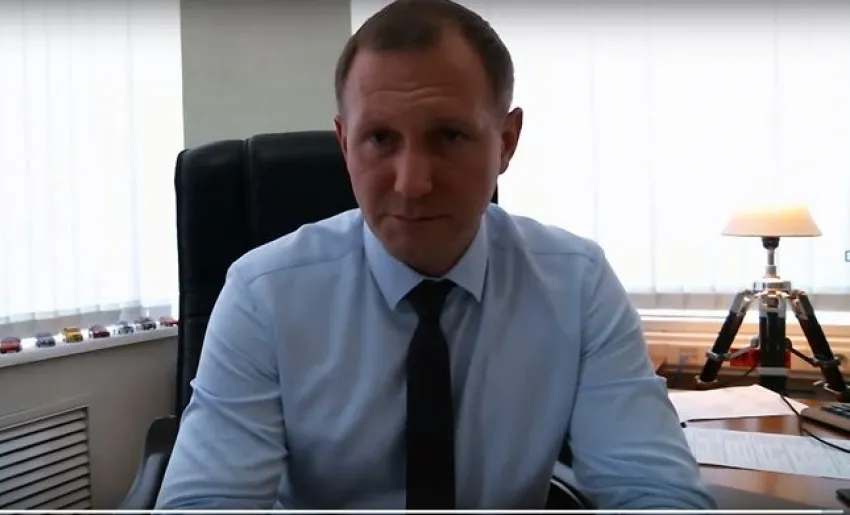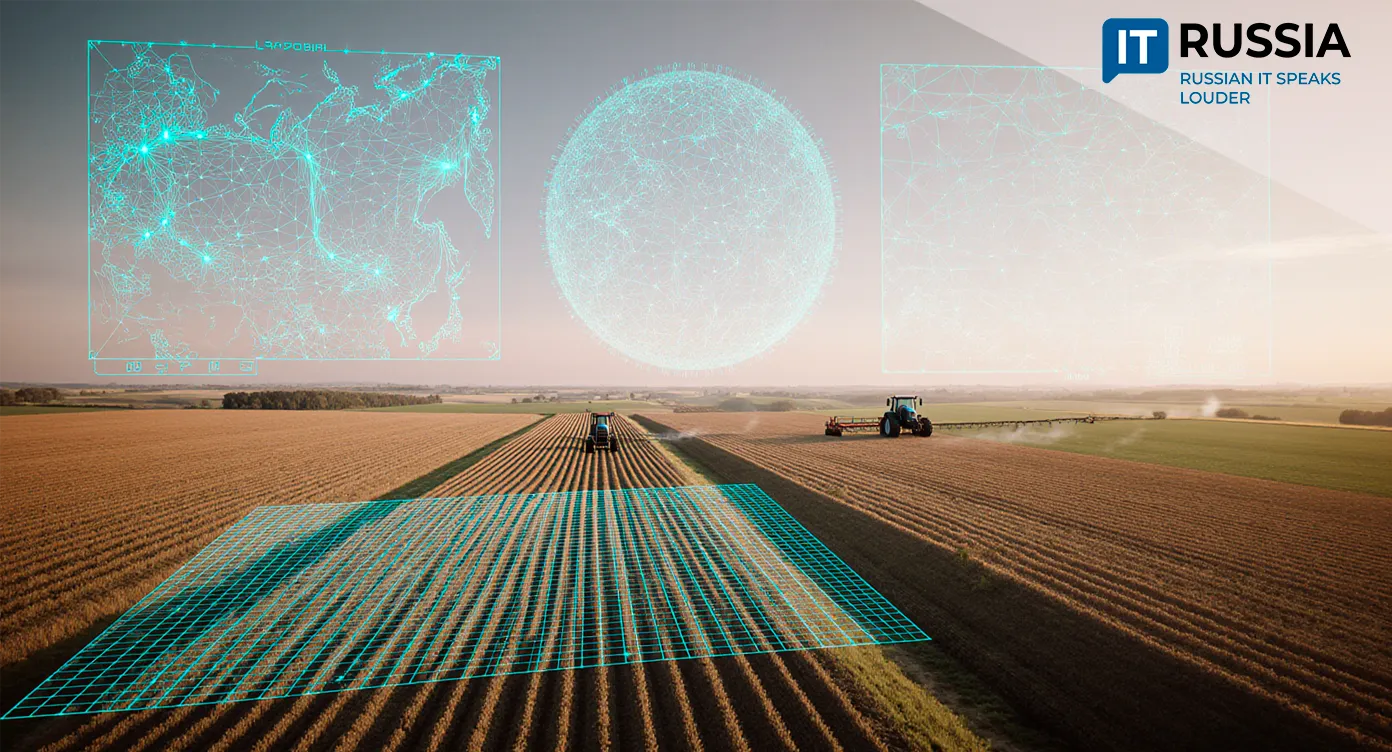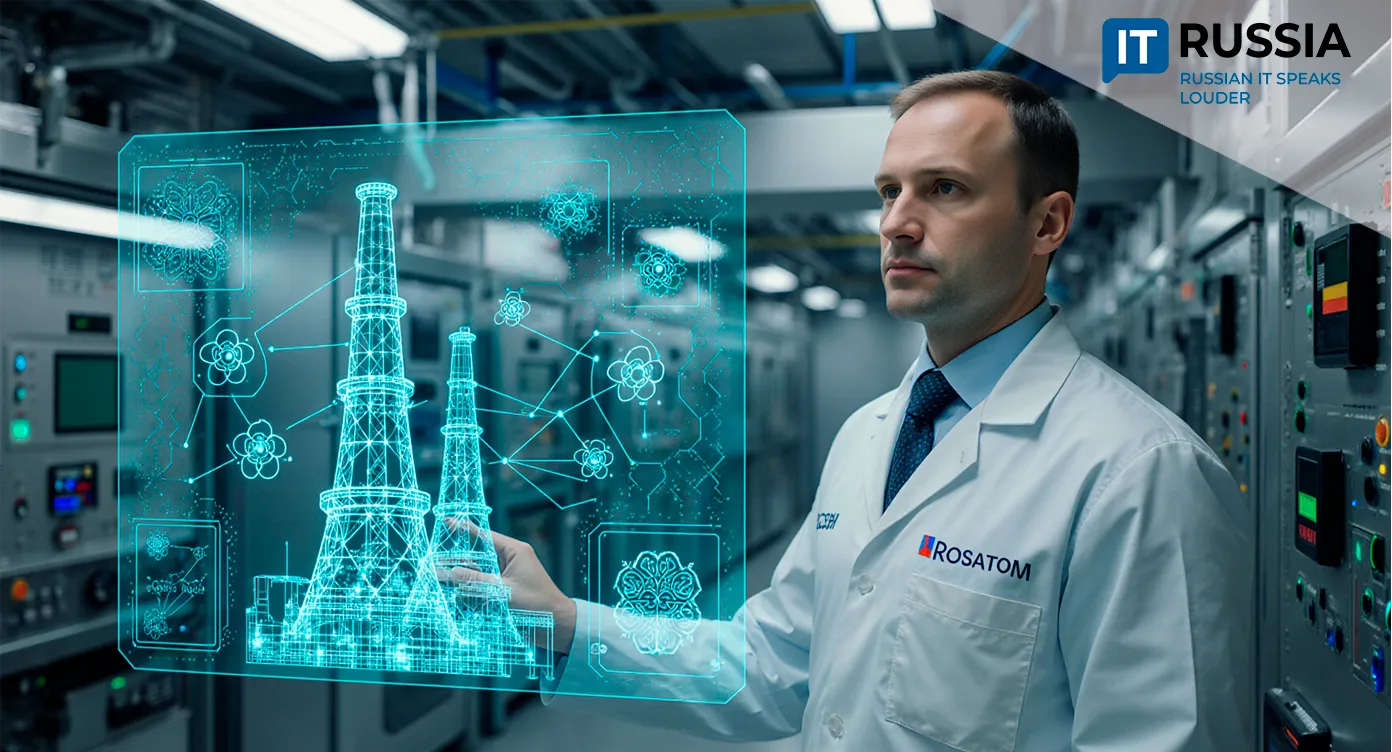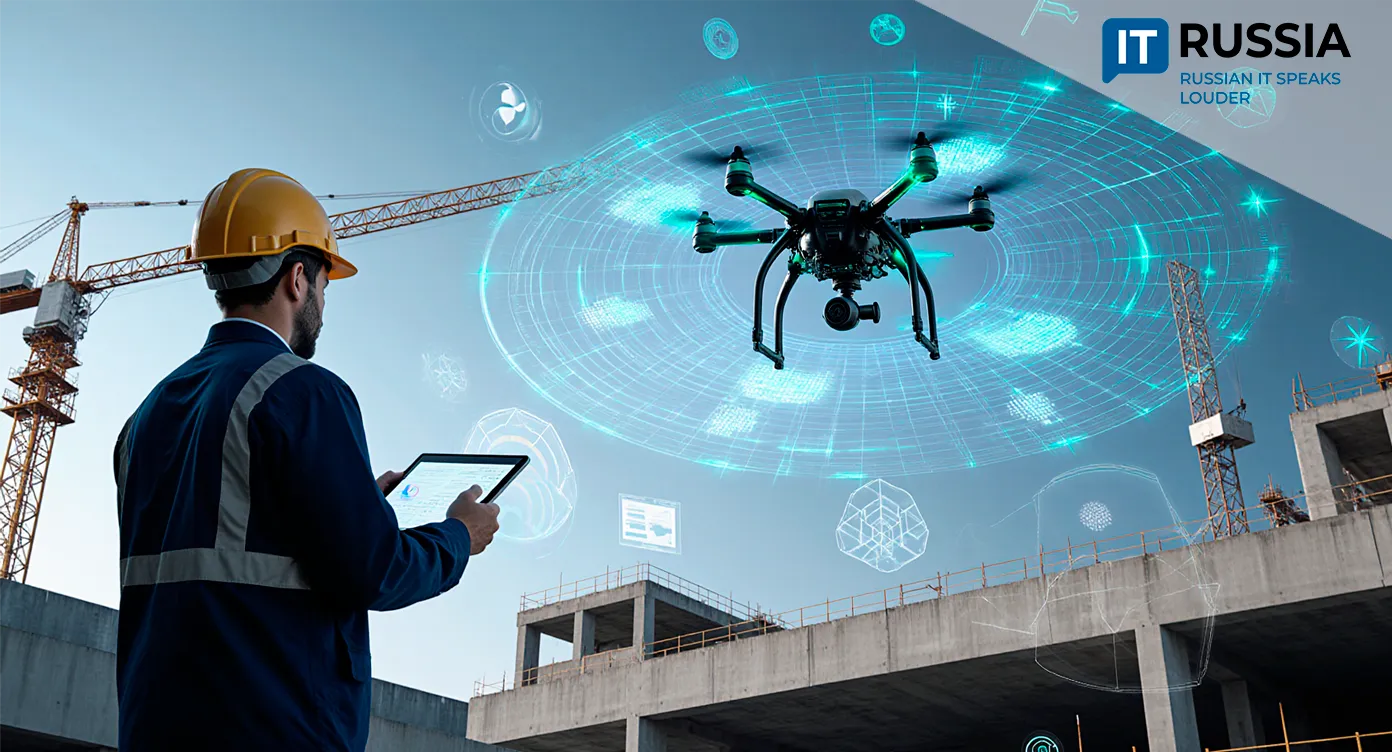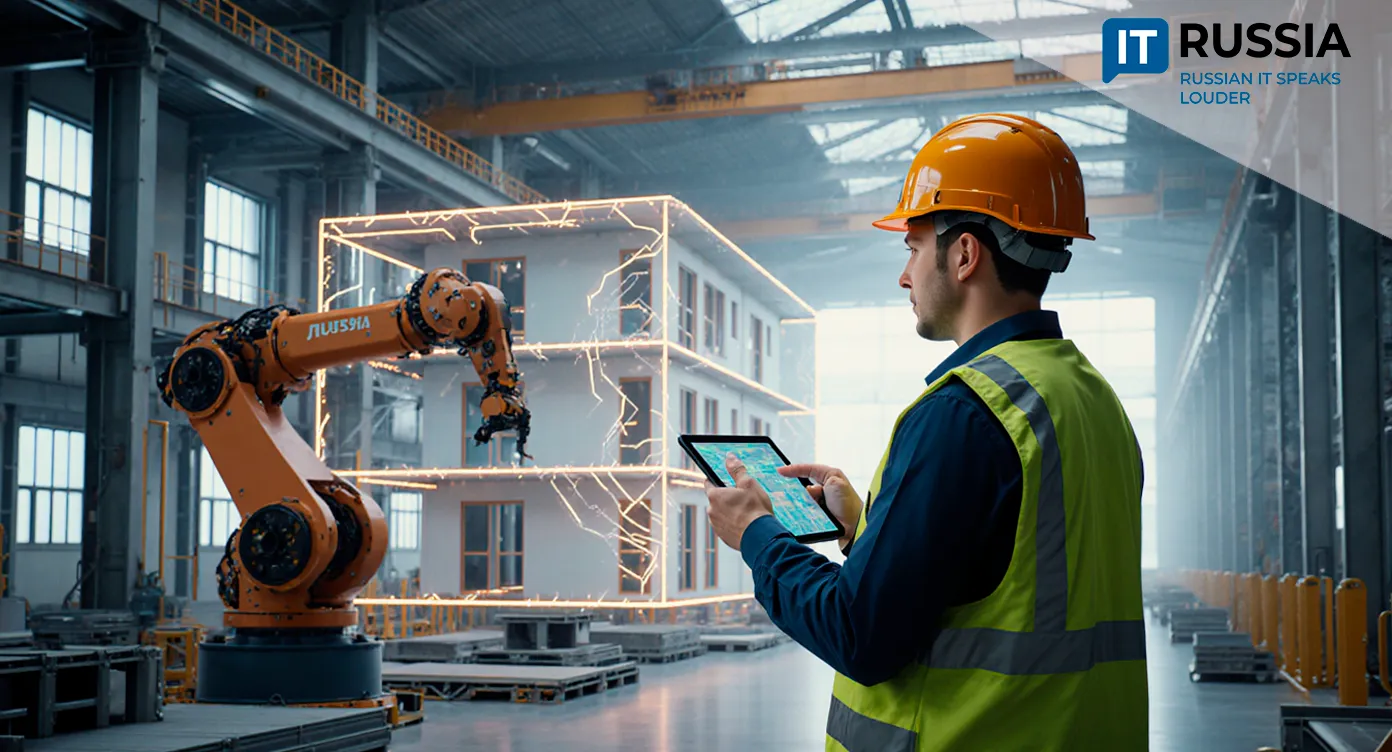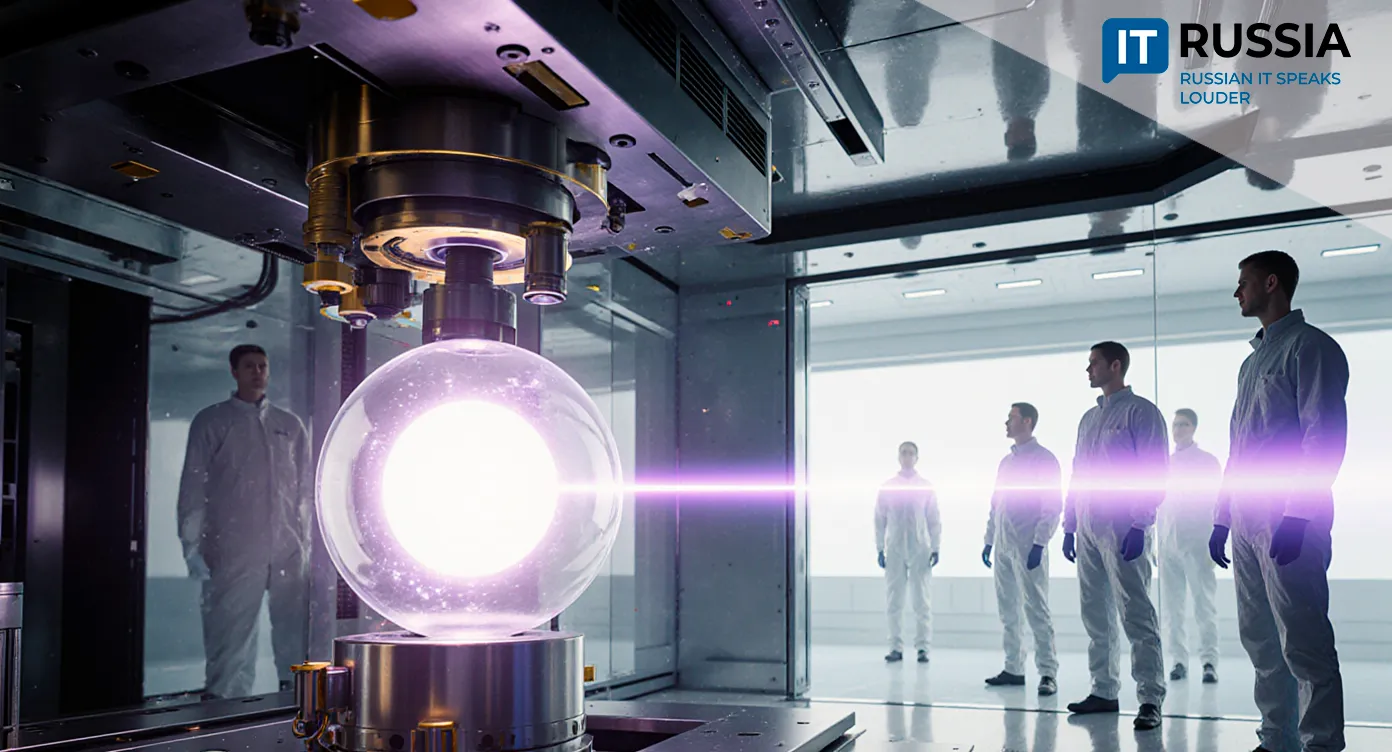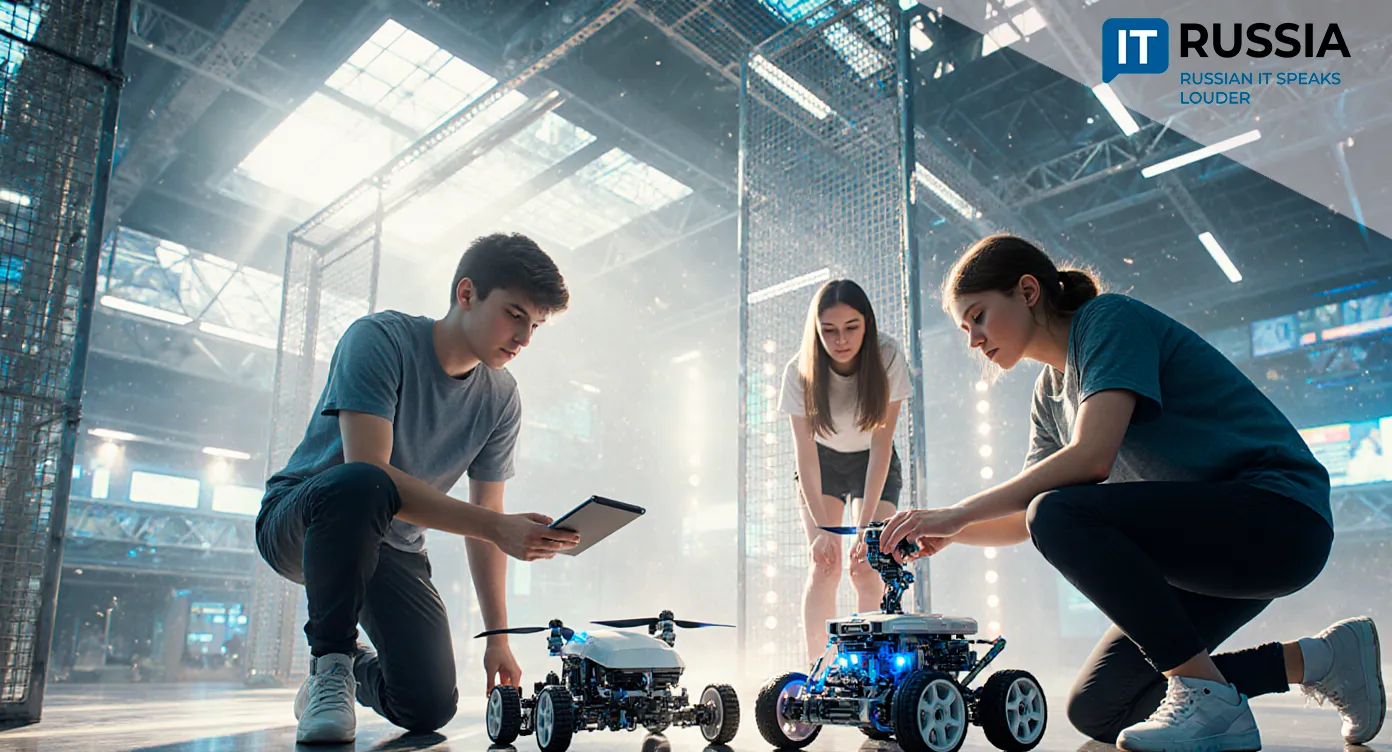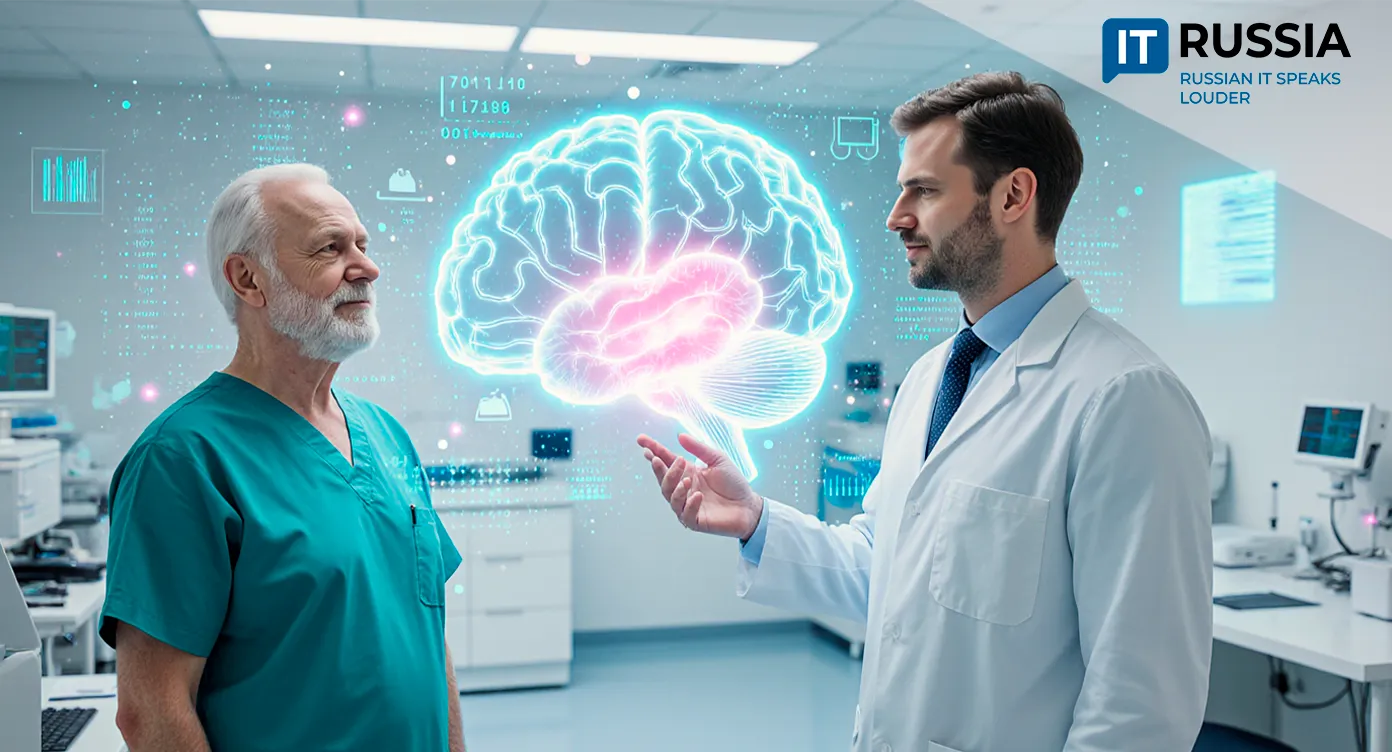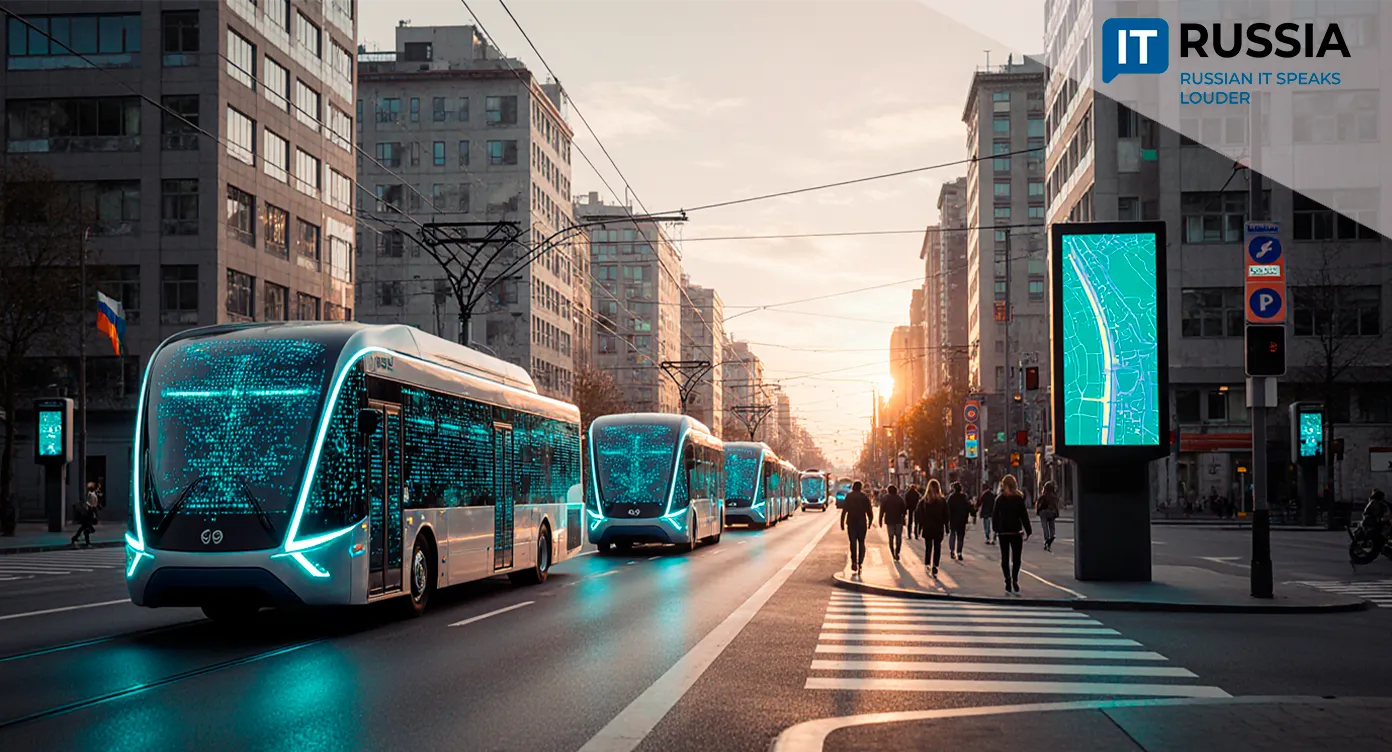Neural Networks at the Service of Passengers: AI to Revolutionize Public Transit in Rostov-on-Don
Rostov-on-Don authorities are preparing to introduce cutting-edge artificial intelligence technology to analyze passenger traffic at public transit stops, aiming to improve route efficiency and passenger comfort across the city.
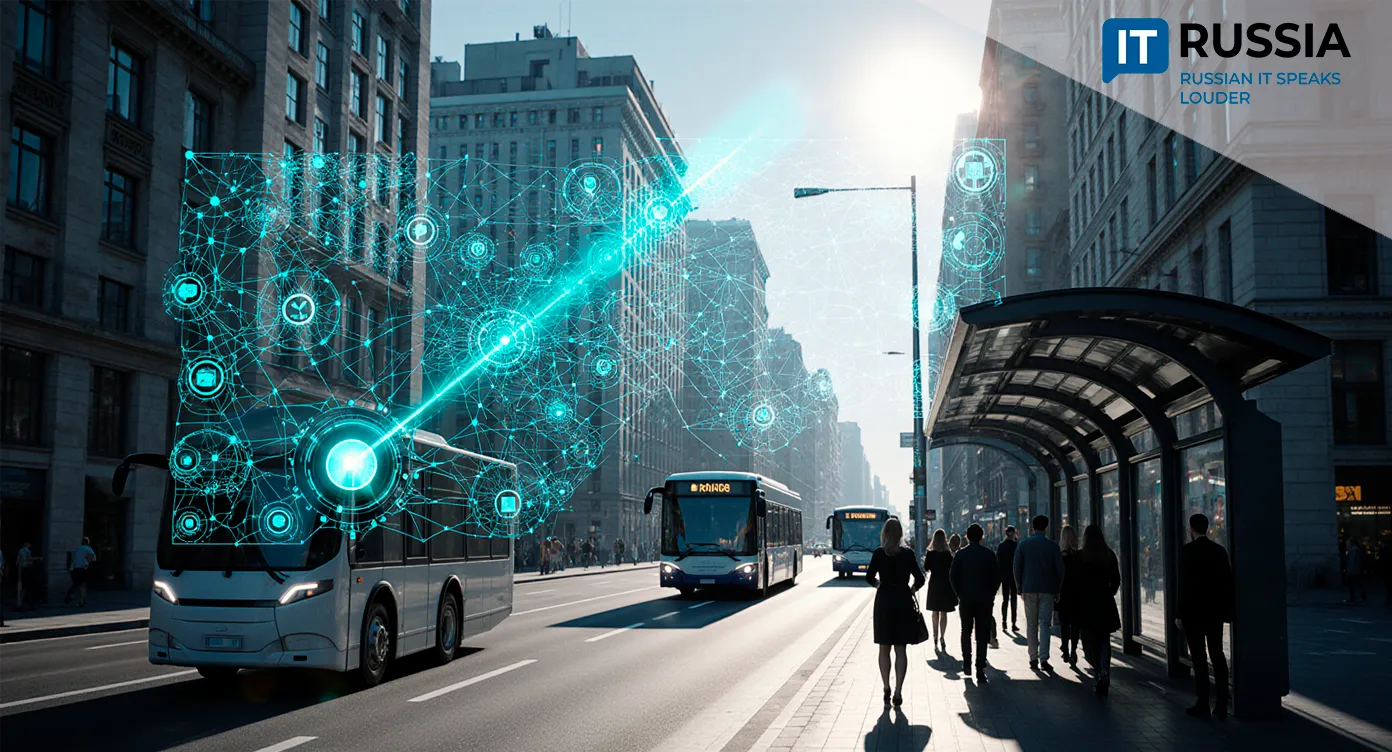
AI-Powered Mobility: A Digital Brain for Public Transit
The Department of Transport of Rostov-on-Don has announced plans to deploy a neural network system for real-time passenger flow analysis at city bus and tram stops. The technology will evaluate load levels on routes and automatically adjust vehicle distribution based on actual passenger numbers. It will identify overcrowded directions and underused lines, allowing for more efficient allocation of buses during peak and off-peak hours.
The city’s public transport has faced growing challenges: overcrowded stops during rush hours, long waiting times, and static route networks that fail to meet rising demand. As Rostov’s population increases, AI-powered transport management is emerging as a vital step toward smarter, more responsive urban mobility.
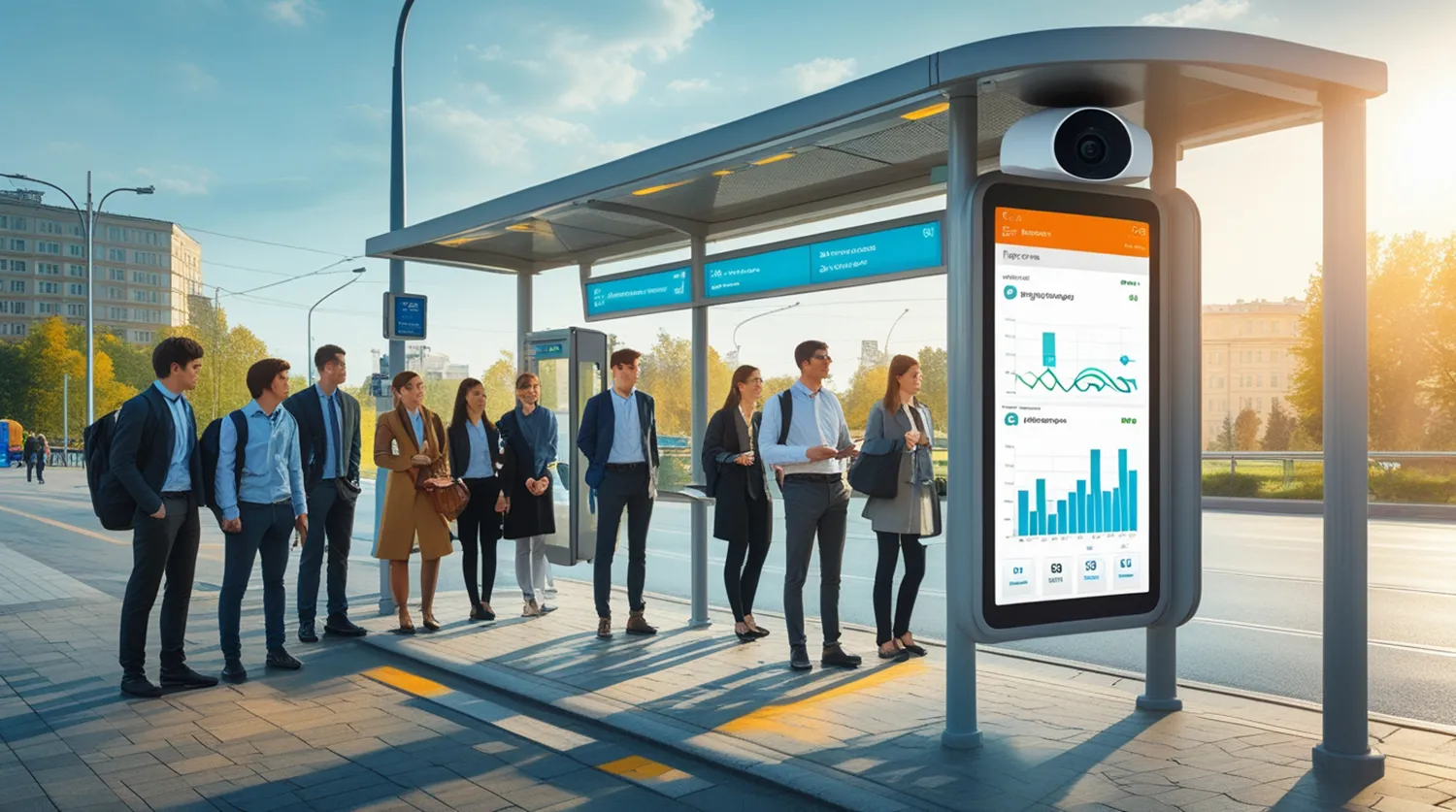
What makes the Rostov initiative stand out is its scale and context. This is the first attempt by a mid-sized Russian city to use AI systematically for public transport management. Unlike similar programs in Moscow or St. Petersburg—cities with mature digital ecosystems—Rostov’s case demonstrates that intelligent systems can be successfully implemented even in regional centers with limited digital infrastructure.
From Pilot to Nationwide Deployment
If successful, Rostov’s project could pave the way for broader adoption of neural-network-based passenger flow management across Russia. Automated monitoring systems powered by AI have already proven effective in large transport hubs worldwide. For instance, Belarus has shown that integrating intelligent detectors with geo-analytics platforms can reduce operating costs, improve vehicle utilization, and minimize passenger waiting times.
The Russian transport AI market is showing significant growth potential. The Opturan system, which uses artificial intelligence to optimize public transit scheduling, is already deployed by transportation companies nationwide. These algorithms take into account real-time traffic conditions, driver availability, and infrastructure constraints to maintain consistent intervals between vehicles.
Such technology could also be exported to CIS countries and other international partners that model their urban transport systems after Russian practices. The key advantage lies in the adaptability of these AI solutions to local climates, traffic density, and regulatory frameworks.

From Capitals to Regions: Russia’s Digital Transport Expansion
Russia’s progress in intelligent transportation systems (ITS) reflects a steady evolution—from metropolitan pilots to regional deployment. Moscow operates one of the world’s most complex ITS networks, encompassing more than 50,000 traffic lights, 3,800 surveillance cameras, and 3,900 sensors. The capital’s system integrates dynamic traffic models, automated management tools, and comprehensive traffic organization schemes.
In 2022, Moscow began installing advanced video-analytics cameras on the MKAD beltway and major highways. These systems can detect up to 13 types of incidents, from vehicles stopped in traffic lanes to smoke or fires on the road. The city has invested over $21 million in intelligent surveillance technologies capable of monitoring road debris, unusually low speeds, and even bicycles entering dedicated lanes.
Moscow’s metro has also implemented the Face Pay system on all lines, enabling passengers to pass through turnstiles without cards or smartphones—simply by looking into a camera. Machine-learning-powered video systems are now becoming key data sources for Russia’s growing smart city infrastructure.
AI-based passenger counting systems have achieved an accuracy rate of 99–100% thanks to proprietary Russian neural network algorithms, making them competitive globally.
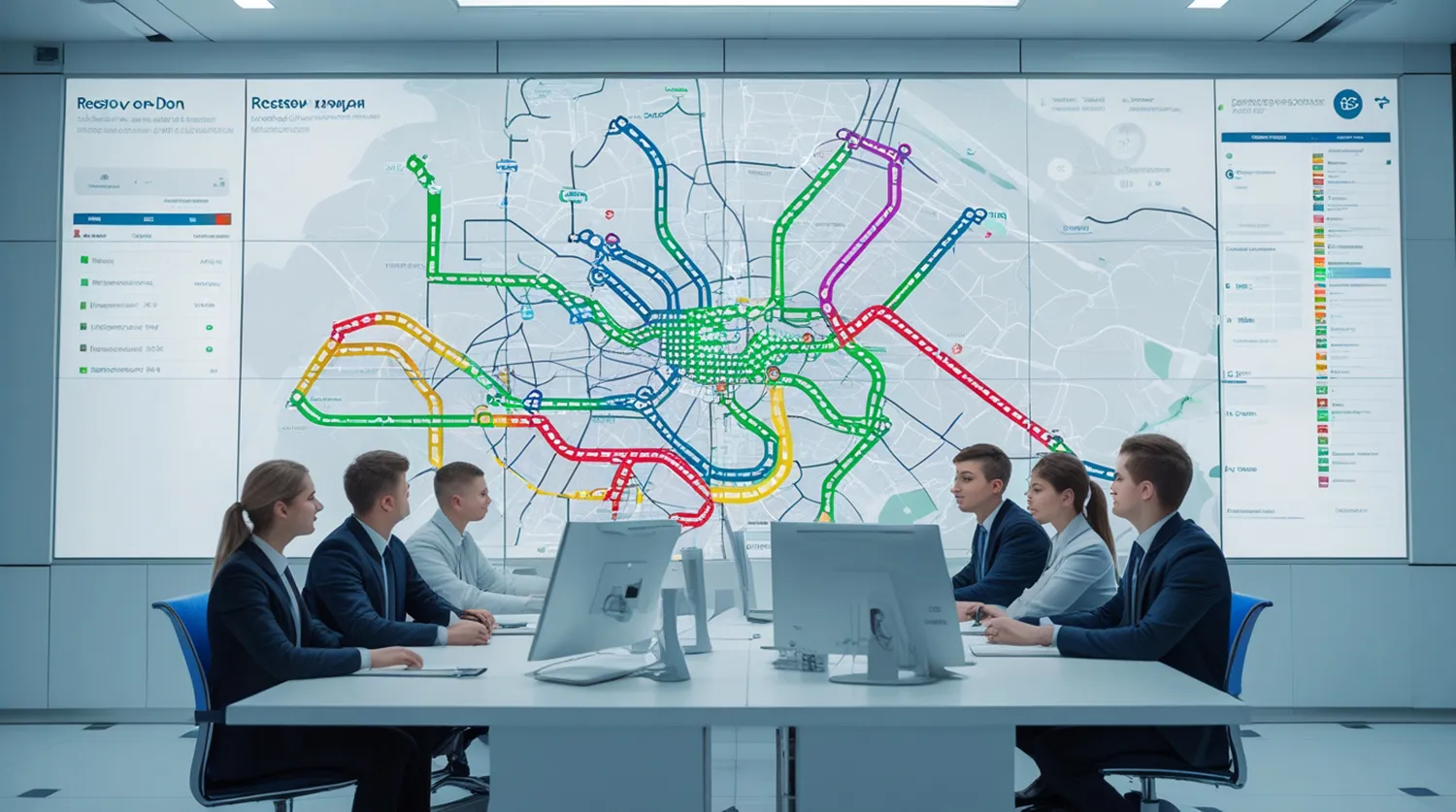
The Road Ahead for Regional Transport Systems
Rostov’s initiative marks the beginning of a new era in the digital transformation of regional public transport. In the short term, by 2027, the city plans to launch pilot testing of the neural network analysis system at major transport hubs, followed by algorithm refinement and performance evaluation. By 2030, the city aims to build a comprehensive AI-integrated transport management platform, including route optimization, dynamic fare systems, and digital ticketing options.
AI tools are already helping planners design “seamless” dedicated lanes, adaptive driver schedules, and real-time passenger notification systems. The goal is to create an efficient, environmentally friendly, and passenger-centered public transport system.
In the long run, medium-sized Russian cities could become models of digital urban mobility. A successful Rostov pilot would create a scalable framework for cities with populations between 500,000 and 1 million residents. For citizens, this means shorter wait times, more predictable routes, and improved quality of service. For Russia’s IT sector, it opens a new market segment for AI-driven transport solutions, positioning artificial intelligence as the foundation for modernizing public transit in the era of digital cities.


